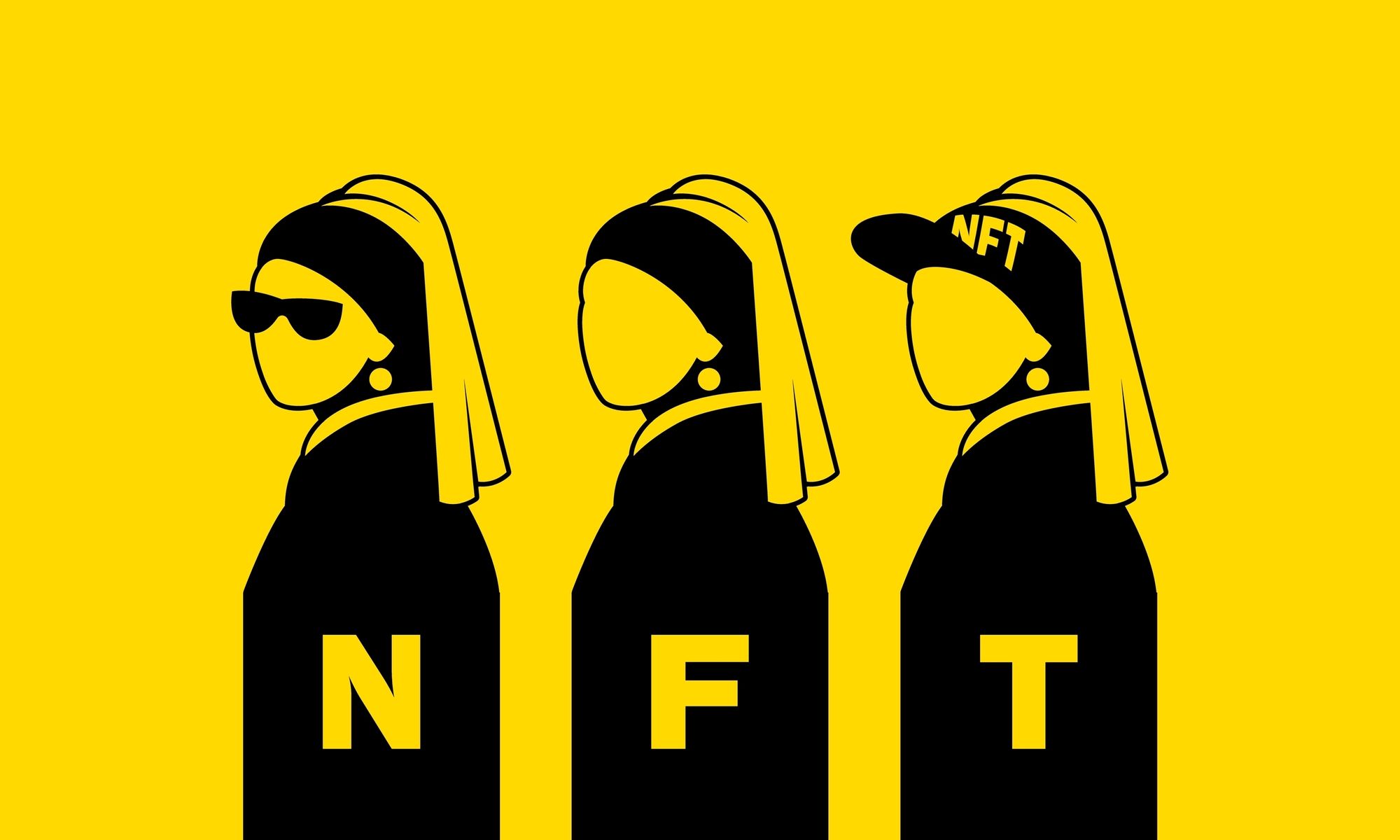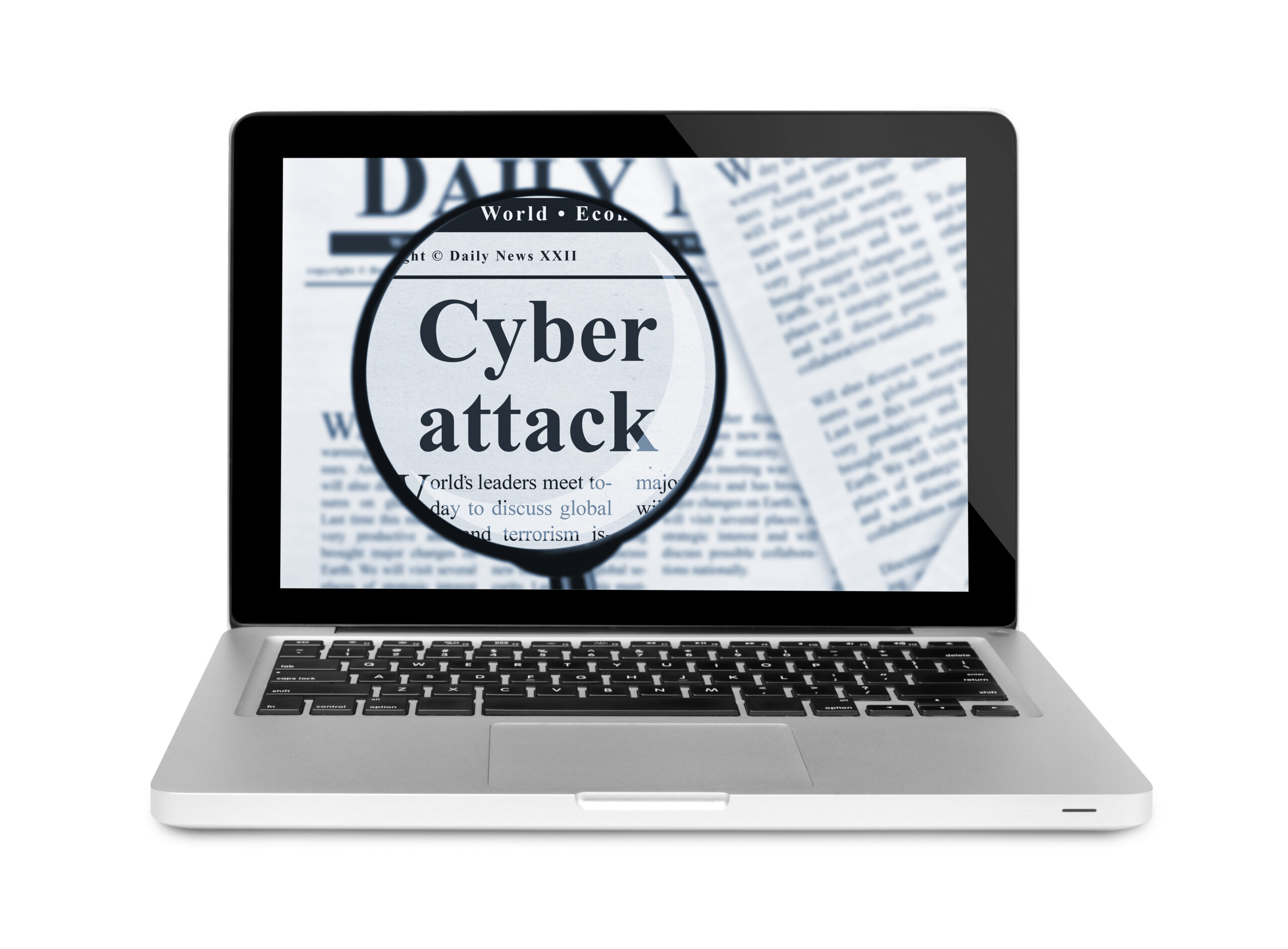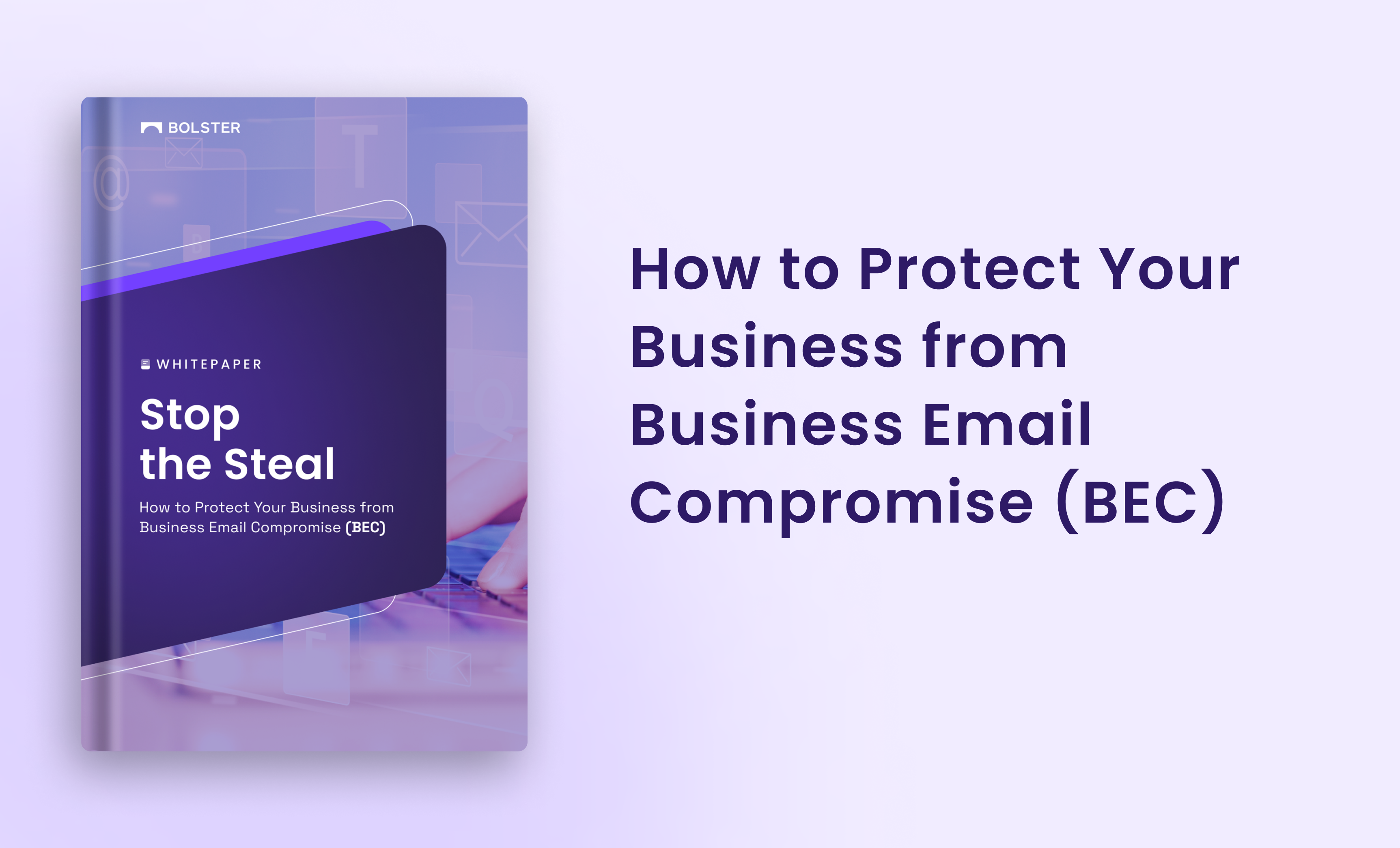The NFT art market grew by 800% in 2021, with over $2 billion being spent on this form of digital art alone. The popularity of non-fungible digital assets has given brands a new avenue to connect with their customers. Taco Bell sold all 25 of their Taco Gif NFTs within just 30 minutes, owing to the high demand. Similarly, brands like Pizza Hut and Pringles have also leveraged NFTs for their branding. However, this investment also brings its own brand security risks.
What is an NFT?
Before we delve further into the article, let’s first grasp what an NFT is and how brands can use it.
NFTs, or Non-Fungible Tokens, are unique tokens that are created in relation to digital assets. Built, traded, and stored on the blockchain, these tokens assign a monetary value to these digital assets by making them rare. Their ownership can be traced back to the rightful owners by following the transactions on the blockchain.
But the digital nature of these assets makes it very easy to build counterfeits, fakes, or replicas without any consideration for copyright infringement. One of the world’s leading NFT marketplaces, OpenSea, recently stated that over 80% of the NFT collections it hosts are either plagiarized or fake.
Brand security risks you should look out for
Here is a rundown of the top risks related to NFTs that can damage your brand.
Counterfeit NFTs
NFTs minted by popular brands tend to do well in the open market. They’re considered rare and valuable collectibles that are enticing for eager buyers. It is on this tendency that counterfeiters are looking to feed. Scam artists copy popular NFTs and create lookalikes to sell to ignorant customers. Since it’s very hard to check the authenticity of digital art, these scams might go unnoticed.
Infringement
Not all brands mint NFTs. But the ones that do not still stand the risk of infringement. Artists might infringe on the copyrights of famous brands, turn their art into NFTs, and put them up for sale.
Impersonation
When an artist impersonates the creative style of a famous artist without crediting them and intends to sell the art for profit, it’s called impersonation. Early 2021 saw the auction of many Banksy-style art pieces that went for as high as $900,000. But it was later revealed that those weren’t authentic.
Fake NFT stores
Scammers can build fake NFT stores that look like real ones to collect customers’ data for malicious purposes. While this does not technically affect your brand and its copyrights, fake stores can use your NFTs to attract potential customers.
Four key considerations for brand security
The rising popularity of NFTs and their massive potential for brand development can no longer be ignored. But as brands divert their resources to address this infiltration of digital assets into a burgeoning consumer ecosystem, they also need to keep an eye out for brand security and infringement.
Here are four key points to build your brand security strategy around before delving into the world of NFTs.
Review your trademark portfolio
Brands work with extensive trademark portfolios to keep all the necessary copyrights in place and dissuade copycats. But what they often overlook is that even digital assets can be protected under class 9. All new trademark applications must include considerations for digital infringements for enhanced brand security online. Digital artists often co-opt to use of brand signatures, wordmarks, and figurative marks. Including these categories within trademark protection applications will enable you to protect your assets in the near future. Moreover, conducting regular audits of our portfolio to identify vulnerabilities and areas that require additional layers of security will enable long-term brand security.
Build a robust infringement strategy
Brands need to alter their infringement strategy to deal with the pace at which digital assets can be created and sold. Unlike physical knock-offs and goods that need to go through an extensive supply chain and production line before hitting the markets, NFTs can be launched within minutes. This gives brands very little time to act before the matter escalates globally.
To adjust to this new variable, you need to shift from a reactive to a proactive approach to handling infringement issues. Instead of waiting for an impersonated or replica NFT to come to the fore, take steps to prevent that eventuality itself.
The first step to doing that is understanding how social media ties into NFT minting. Most NFT infringements can be sourced back to social media profiles that look like original accounts. Scan social media for aliases, cybersquatters, and associated profiles. Measure their impact and keep a strict watch on them for suspicious activity.
Secondly, understand the underlying infrastructure of open as well as private NFT marketplaces. Study their infringement and take-down policies. Maintain communication with them at all times to keep them in the loop, in case something happens, and immediate action is required.
Build bespoke undertakings
Once you’ve identified a set of copied NFTs, you’ll have to set the record straight. Since digital assets on the blockchain can never be truly destroyed, creating a solid undertaking to take the minted NFTs out of circulation is key. NFTs, once created, can only be deleted by ‘burning’ them. Burning is a process in which the NFT is sent to an inaccessible digital wallet called a black hole.
NFTs that have been officially sold cannot be burned, so it’s important to cut the source. Your undertaking should include clauses that ensure all infringed NFTs in the possession of the perpetrator are burned, and all associated digital files are removed or altered to remove infringement.
Collaborate with established artists, collectors, and marketplaces
One way to stay a step ahead of copycats is to get your proprietary digital collections out to the public before anyone else can. This requires you to collaborate closely with digital artists that have large and loyal audiences. You can also work with collectors to help push your collection in front of the right eyes. Lastly, don’t underestimate the role of the marketplace itself. By establishing official communication with them, you give them greater impetus to identify copies and infringes much sooner. Moreover, a close partnership with all three gives you the opportunity to capitalize on the popularity of NFTs without suffering its negative consequences.
How can Bolster’s brand protection solutions help here?
NFTs can play a huge role in bolstering the brand value of existing as well as newly introduced products. While following the above given four considerations for brand security can help, most brands do not have the in-house resources to tackle the global scale and pace of digital asset production, leaving them vulnerable to brand risks and copyright issues. This is where Bolster’s brand protection solutions come in. Its AI-driven solution detects infringements in real-time and automatically takes them down without any human intervention. Continuously scouring the web, social media, and marketplaces, it generates detailed reports of all its activity, giving you extensive data for review with brand and security teams.
To learn more about Bolster’s brand protection solution that can help you leverage the potential of NFTs while navigating the associated landmines, contact us today.









